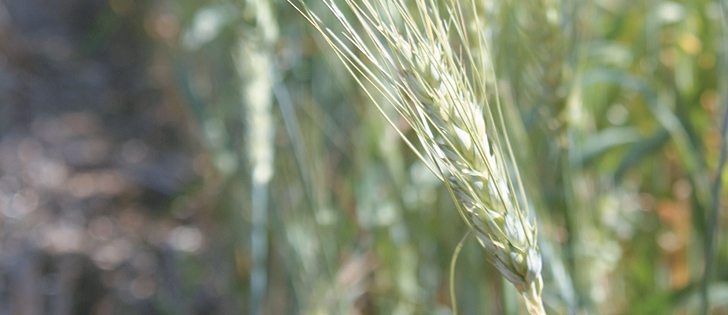Cattle in southeastern Manitoba have tested positive for anaplasmosis.
Dorothy Geale, senior staff veterinarian with the Canadian Food Inspection Agency, confirmed that 43 animals on a farm in the Rural Municipality of Stuartburn have contracted the red blood cell disease.
“We had our first diagnosis on Oct. 9 but the situation had started on the farm since the beginning of October,” Geale said.
“Four cattle had died of signs that suggested anaplasmosis.”
The CFIA tested 93 animals from the farm and the results came back last week from the agency’s lab in Lethbridge.
Read Also

Biofuel sector happy with federal budget
Advanced Biofuels Canada says new Biofuel Production Incentive is a lifeline until CFR amendments are in place.
Geale didn’t know the age of the animals that died, but she assumed they were older because anaplasmosis is rarely fatal for cattle younger than two years.
According to a CFIA fact sheet on the disease, mortality is 29 to 49 percent in cows older than two years. Ticks that bite an infected animal and then pass it on to another cow are the primary disease vector.
Typical clinical signs are yellow eyes, weakness and thin blood because the disease destroys red blood cells.
“You wouldn’t be able to tell that their blood was thin unless they were pricked, but if you’re taking samples from these animals, the blood is just like water,” said Geale, who works in Peterborough, Ont.
“That’s why they’re weak. It’s like an athlete that can’t get enough oxygen.”
The infected animals will be slaughtered and neighbouring farms tested, Geale said.
“It (the investigation) has probably already started, but I don’t have those details.”
Roy Gragg, owner of the infected herd, didn’t want to share the specifics of what happened on his farm but he reminded cattle producers and policy makers that anaplasmosis is a significant disease.
“At the end of the day it is a big deal because depending on the rate of infection, it can clean out 40 to 50 percent of your herd and anybody that says that’s not a major concern doesn’t really have much of an idea.”
The discovery on Gragg’s farm follows an outbreak earlier this year that hit eight cow-calf herds near Lac du Bonnet, Man., 150 kilometres north of the RM of Stuartburn. One animal also tested positive for the disease on a farm in southern Saskatchewan last fall.
Canada had previously been considered anaplasmosis free, unlike the United States where the disease is endemic in the southern states.
Canada maintains import restrictions requiring pre-entry testing in U.S. breeding cattle. Former agriculture minister Chuck Strahl proposed eliminating those restrictions, and Gragg said he has heard talk of delisting anaplasmosis as a reportable disease in Canada.
If that happens, it would have a significant impact on Canadian cow-calf operators, he added.
“I don’t see why it should be deregulated and why it should be made a lesser thing than it already is,” he said.
“Some guys at the top want to deregulate this disease, which means there would be no compensation.















